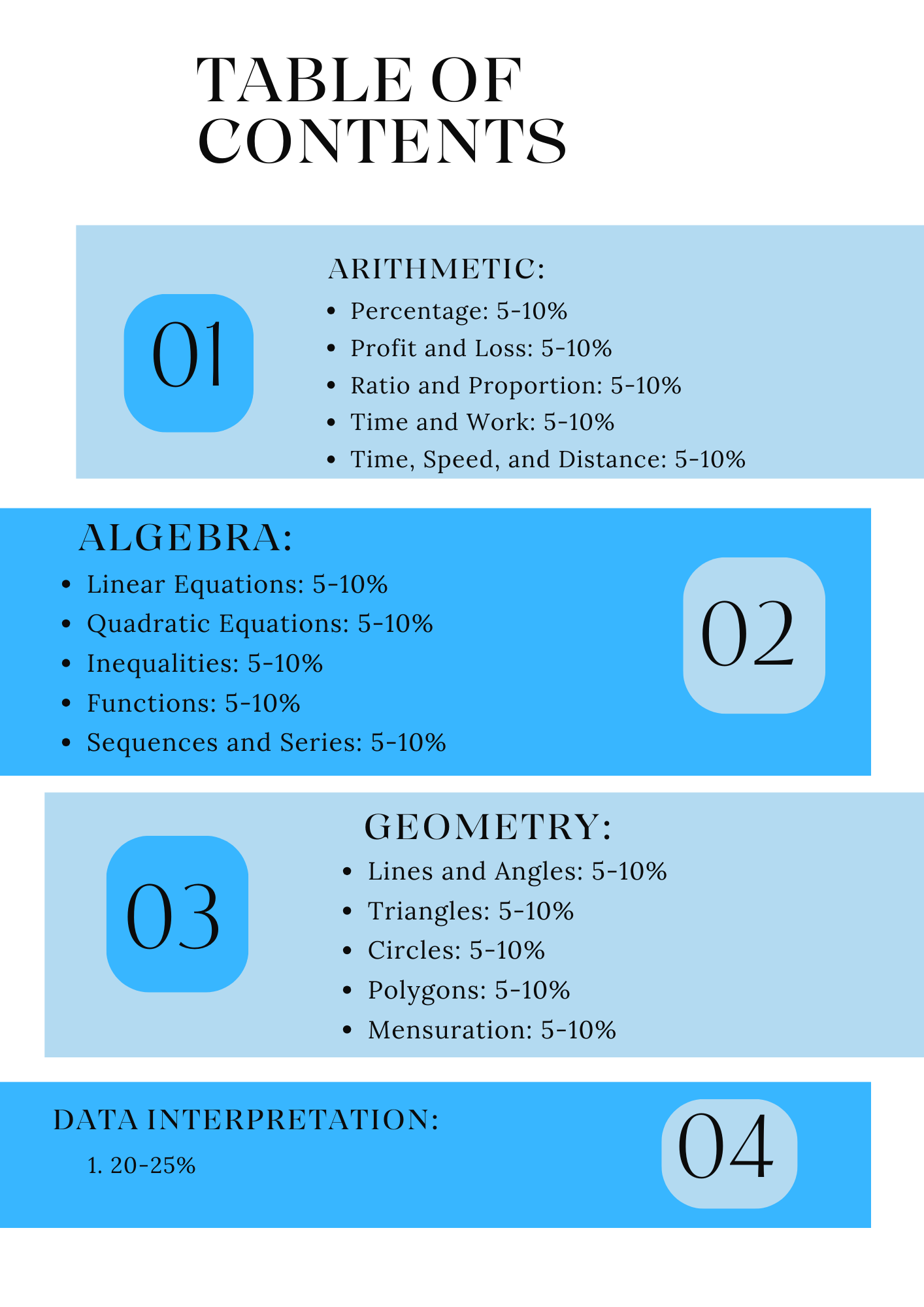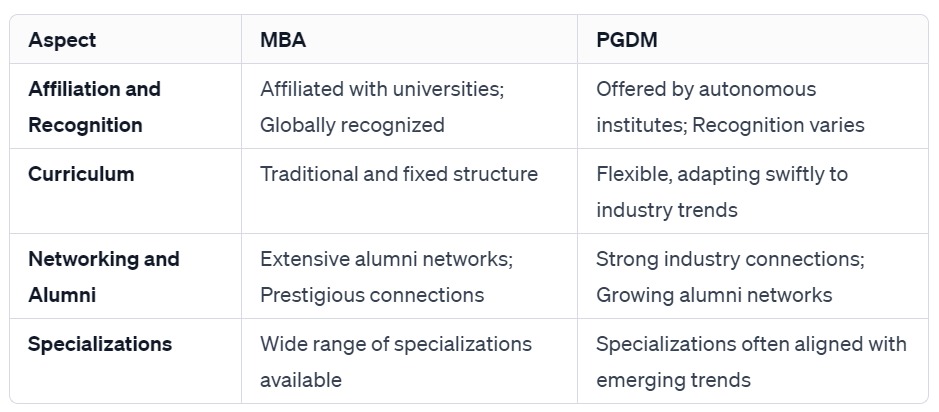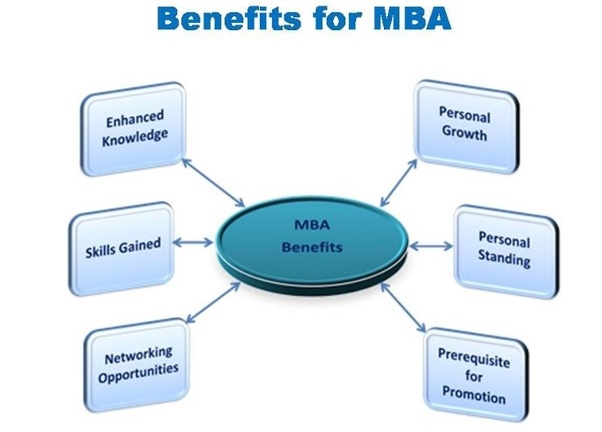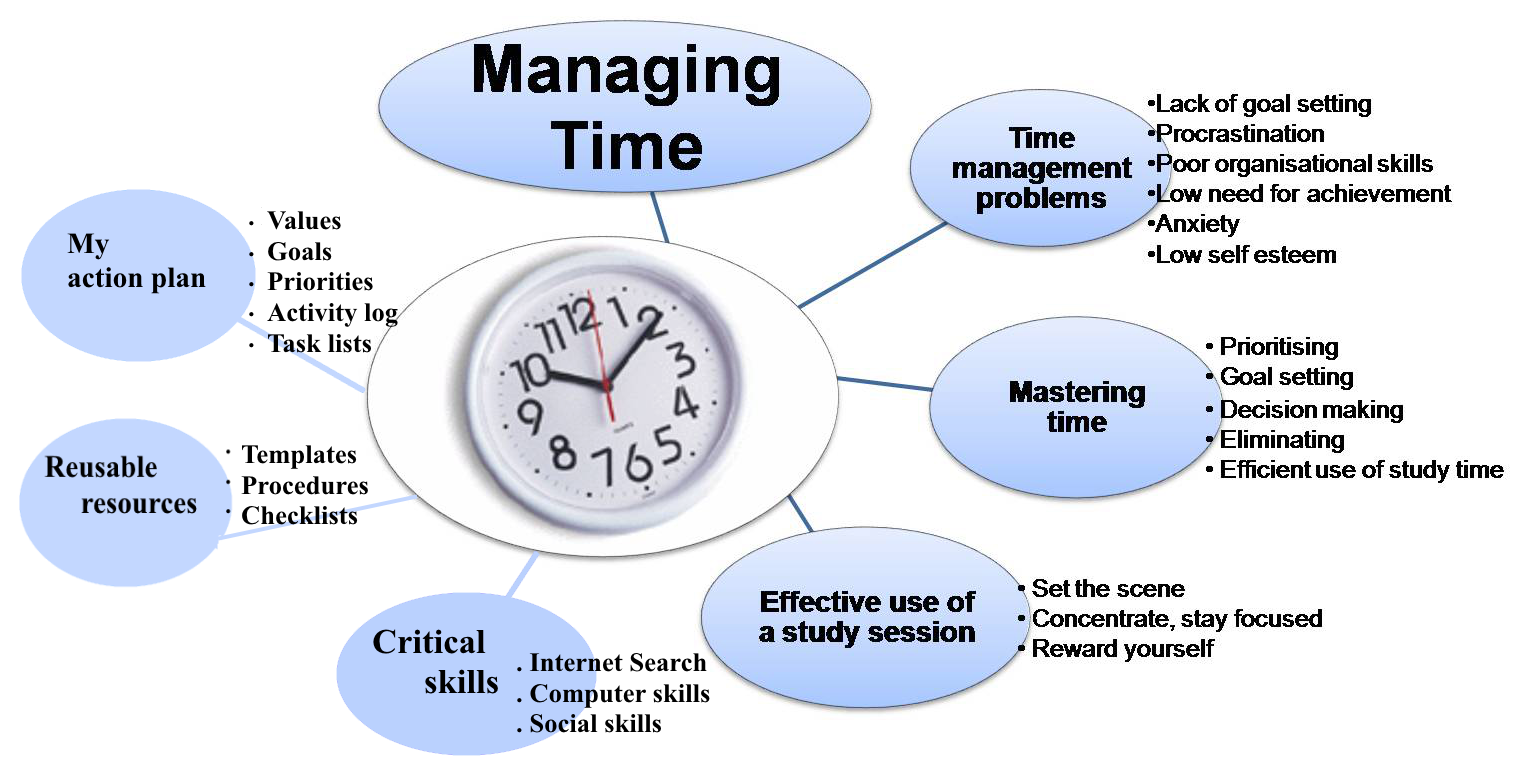MAH MBA CET Quantitative Syllabus
The quantitative section of the MAH MBA CET is designed to evaluate candidates' mathematical aptitude and problem-solving skills. It covers a wide range of topics, each with its own weightage in the exam:

Allocating Study Time for Each Topic:
To excel in the quantitative section, it's crucial to manage your study time effectively and focus on the areas that matter most. Here's a suggested study schedule to help you stay on track:
1.Arithmetic:
Dedicate 1-2 hours daily to mastering arithmetic concepts and solving related problems. Practice different question types to strengthen your skills and build confidence.
2. Algebra:
Spend 1-2 hours daily delving into algebraic principles and honing your problem-solving techniques. Focus on understanding equations and functions to tackle complex problems with ease.
3. Geometry:
Allocate 1-2 hours daily to studying geometric concepts and practicing geometry-based problems. Familiarize yourself with key formulas and properties to navigate geometry questions effectively.
4. Data Interpretation:
Set aside 2-3 hours weekly to tackle data interpretation sets from various sources. Enhance your analytical skills and interpretation abilities to excel in this high-weightage section.
Type of Questions to Practice More to boost your exam readiness, focus on practicing the following types of questions:
1. Word Problems:
Solve a variety of word problems covering arithmetic, algebra, and geometry concepts. These real-world scenarios will test your ability to apply mathematical principles in practical situations.
2. Data Interpretation Sets:
Practice interpreting data from tables, charts, and graphs, to sharpen your analytical skills. Aim to analyze data accurately and answer questions efficiently to maximize your score in this section.
3. Quantitative Comparison:
Familiarize yourself with quantitative comparison questions that require you to compare quantities and identify relationships between them. These questions often appear in algebra and geometry and demand a strong grasp of mathematical concepts.
4. Application-based Problems:
Work on problems that require you to apply mathematical concepts to solve specific problems. By practicing application-based questions, you'll develop critical thinking skills and gain confidence in your problem-solving abilities.
Get free Previous Year Books download from the provided link:
- CET PYQ Practice set 1: https://resource.prepcrazy.com/book?CET-PYQ-Practice-Set-1-by-Cat-Credentials
- CET PYQ Practice set 2:https://resource.prepcrazy.com/book?CET-PYQ-Practice-Set-2-by-Cat-Credentials
- CET PYQ Practice set 3 :https://resource.prepcrazy.com/book?CET-PYQ-Practice-Set-3-by-Cat-Credentials
- For more updates join CAT Credentials ease course!!!!
Why Choose CAT Credentials ?
At CAT Credentials, we're committed to providing personalized guidance and comprehensive support to help you succeed. With our experienced faculty, top-notch study materials, and extensive practice resources, you'll receive the preparation you need to excel in the MAH MBA CET and secure admission to your dream business school.
Conclusion:
Mastering the quantitative section of the MAH MBA CET is within your reach with the right preparation and dedication. By understanding the syllabus, prioritizing key topics, focusing on essential question types, and leveraging expert guidance, you can maximize your chances of success. Trust CAT Credentials to be your partner in academic excellence and embark on your journey to success today!
We have a free Demo Session Every Saturday & Sunday
For Demo Session Call us on : 9534001122
Location: https://maps.app.goo.gl/m7UHgHiLxNg9Nxk7A\
Follow Us on socials or daily updates: 🔔
Instagram: https://www.instagram.com/cat_credentials
YouTube: https://www.youtube.com/@catcredentials4870













